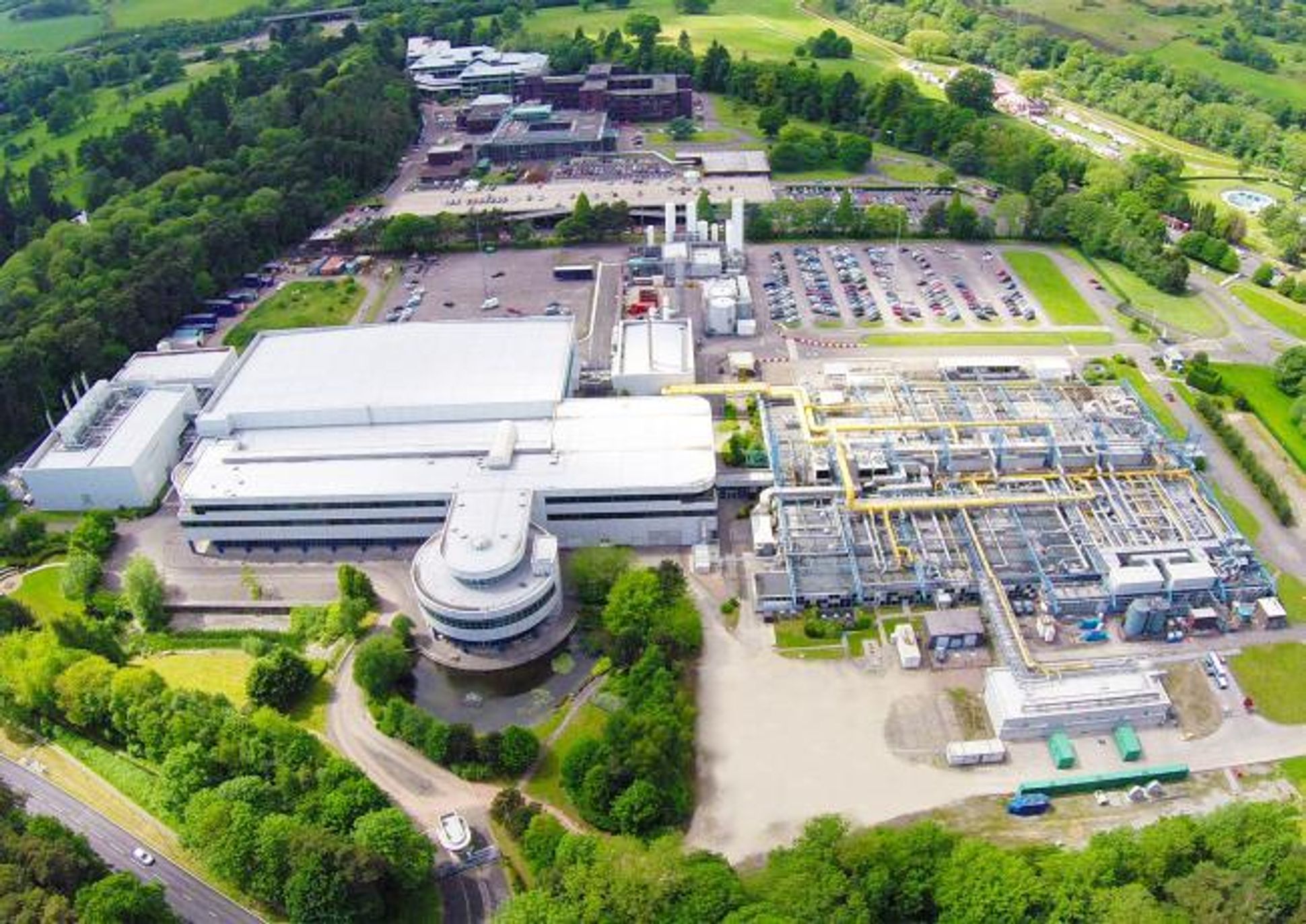
Is compressed air compressing your bottom line?
Compressed air is literally the lifeblood of several critical processes in the manufacturing industry. Here are 5 ways to ease the pressure:

What's inside
There’s a growing need to benchmark, optimise and control air compressor performance in an effort to not only reduce downtime, maintenance and productivity losses, but also to minimise financial and environmental losses.
1.
How to fix leaks and prevent new ones
Pipe systems that are over five years old can have up to 25% leaks. Given that a single quarter-inch leak at just 100 psi can cost you thousands of euros a year, that’s just bad math.
2.
How turning off systems when not in use can reduce your energy use
Switching off your systems outside shift hours and during weekends can potentially bring down energy bills by up to 20%. As you notice more available gaps in your data patterns, switch off your systems during shift hours as well.
3.
Why you should never exceed required pressures
For every reduction of 2 psig, you cut energy consumption by 1%. Many facility managers tend to up the pressure to overcompensate for known issues such as pipe leaks or clogged filters. While this is a common strategy to try to make up for existing issues - it is in fact a double-edged sword.
4.
How to recover and reuse heat
This is an absolute no-brainer. Physics laws state that compressing air results in heat generation. Use it! Up to 90% of the heat generated by heat compressors can be reused for other plant operations such as heating water or blowing warm air to dry equipment.




